Five years ago, budget GPUs were free from the stigma of subpar performance and poor value for money that we see today. Buying a budget graphics card didn't mean that you were settling for an uninspired gaming experience. We had sub-$250 GPUs in the GTX 16 series that were great performers not only at 1080p but also at 1440p. I used a GTX 1660 Ti for years before moving to an RTX 3080 in 2022. Today's so-called budget GPUs are markedly different from the ones we were familiar with, and I don't like where the industry is going.
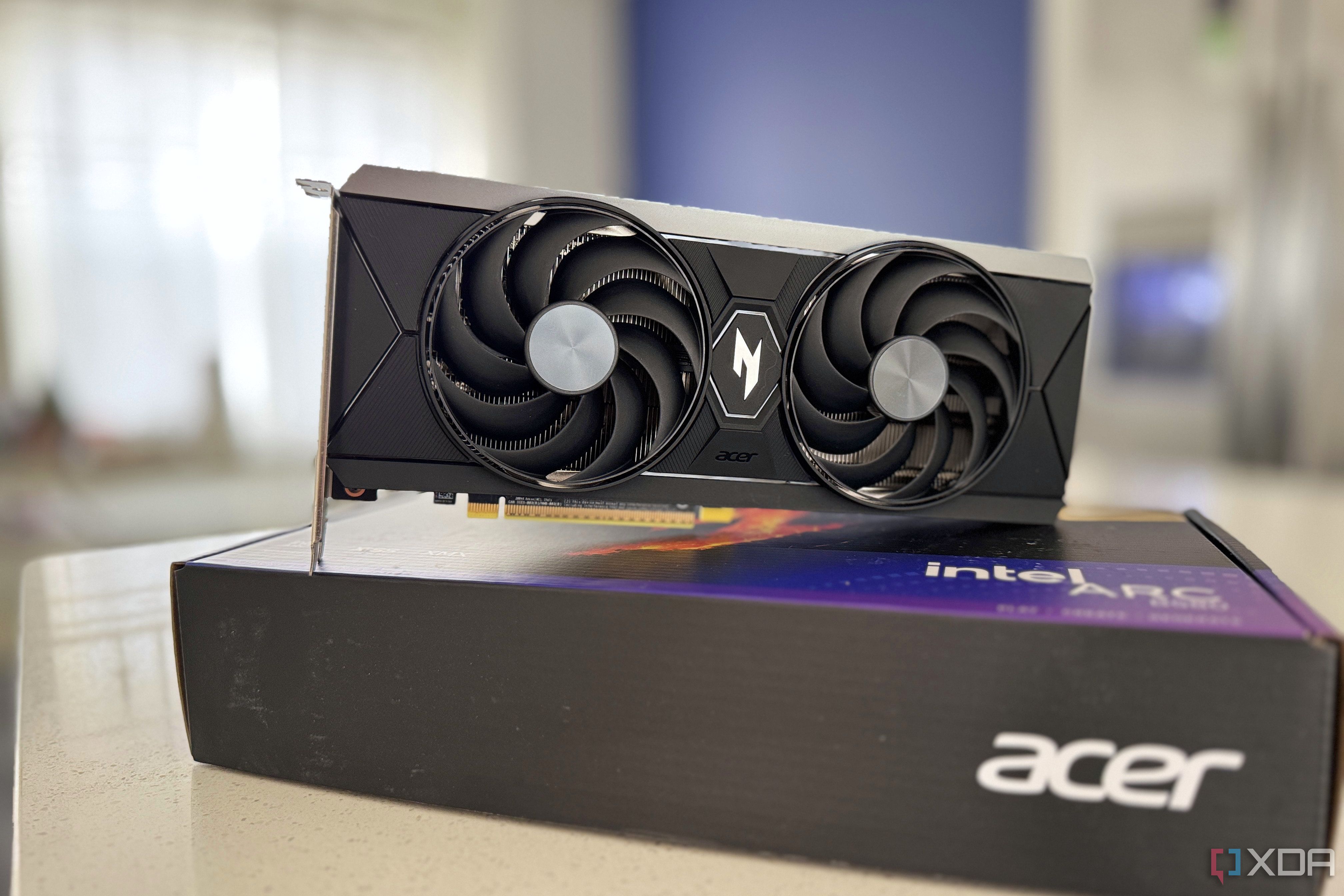
Related
The era of great value GPUs is over, but budget PC gaming is thriving
Budget PC gaming is alive and well. It just looks different than it used to.
The definition of budget GPUs has changed
Most of the performance of the high-end? Not anymore
Not long ago, the word "budget" wasn't associated with settling for something subpar. I remember proudly buying the GTX 1050 Ti in 2017 and then the GTX 1660 Ti in 2019, and enjoying them both to the fullest. I never felt the GTX 1660 Ti was holding me back, even at 1440p. Until Cyberpunk 2077 launched in 2020, I had no intention of upgrading my graphics card. That was late 2020, however, and we all know what happened to GPU prices back then. So, I stayed put.
The point is that with the RTX 20 series, the industry started to move away from solid budget GPUs. Both the RTX 2060 and RTX 3060 were priced north of $300, and the RTX 3050 was, well, the RTX 3050. Budget graphics cards like the $229 GTX 1660 Super used to provide an affordable yet respectable gaming experience, even without high-end performance and features. Today, you need to pay a lot more to get equivalent value (not FPS-wise, but experience-wise).
If a gamer wants to build a "budget" PC, based on the conventional definition, they need to pay a lot more today than they would have a few years ago. Intel is the only player launching solid GPUs in the true budget segment, but we aren't getting them below $300 anyway. Besides, Intel's market share is virtually zero, so it's not like consumers are rushing to buy Team Blue.
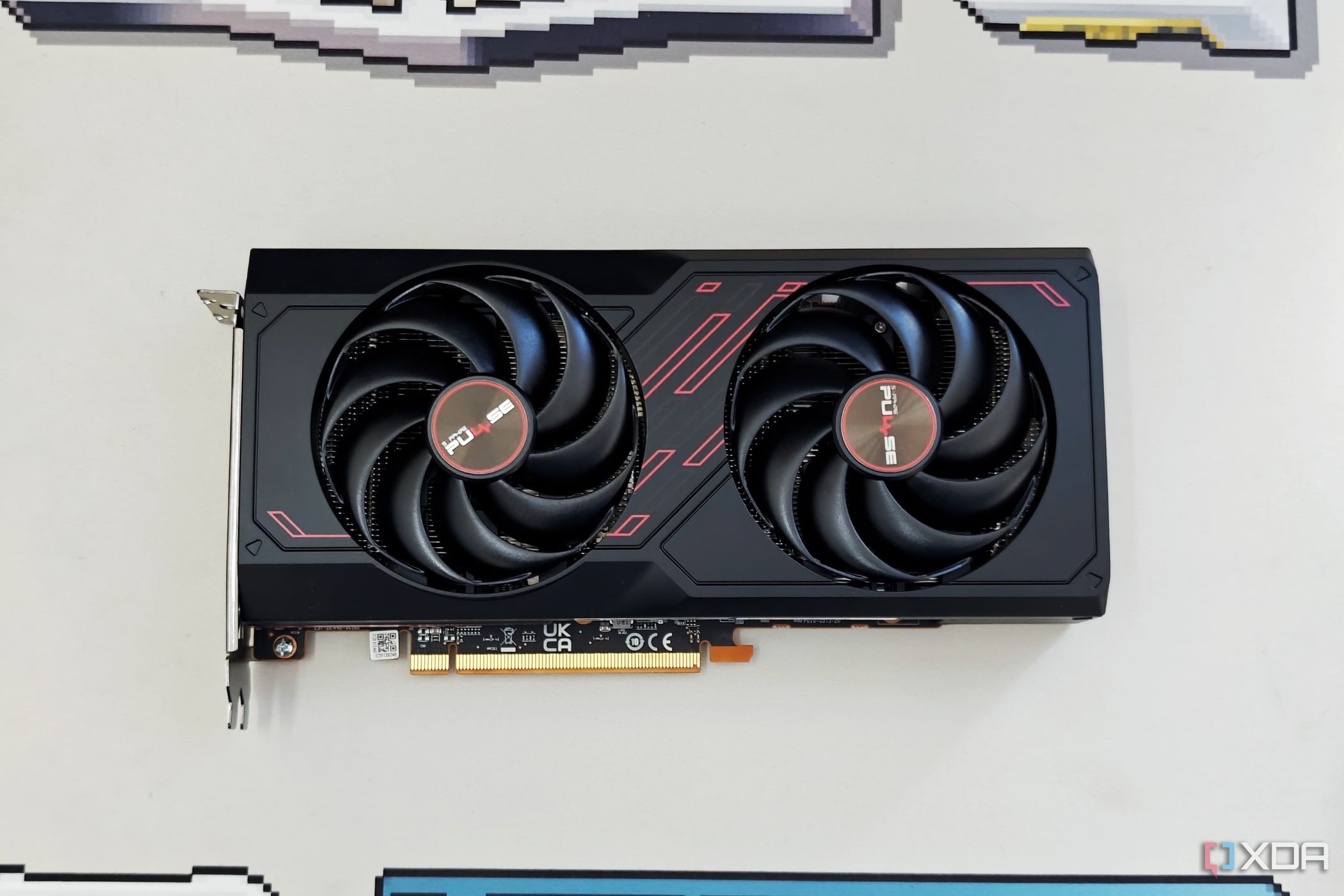
Related
What's the state of budget GPUs?
Sadly, current-gen budget graphics cards are rife with disappointing price-to-performance ratios
The new "budget" segment is now entry-level
How the turntables...
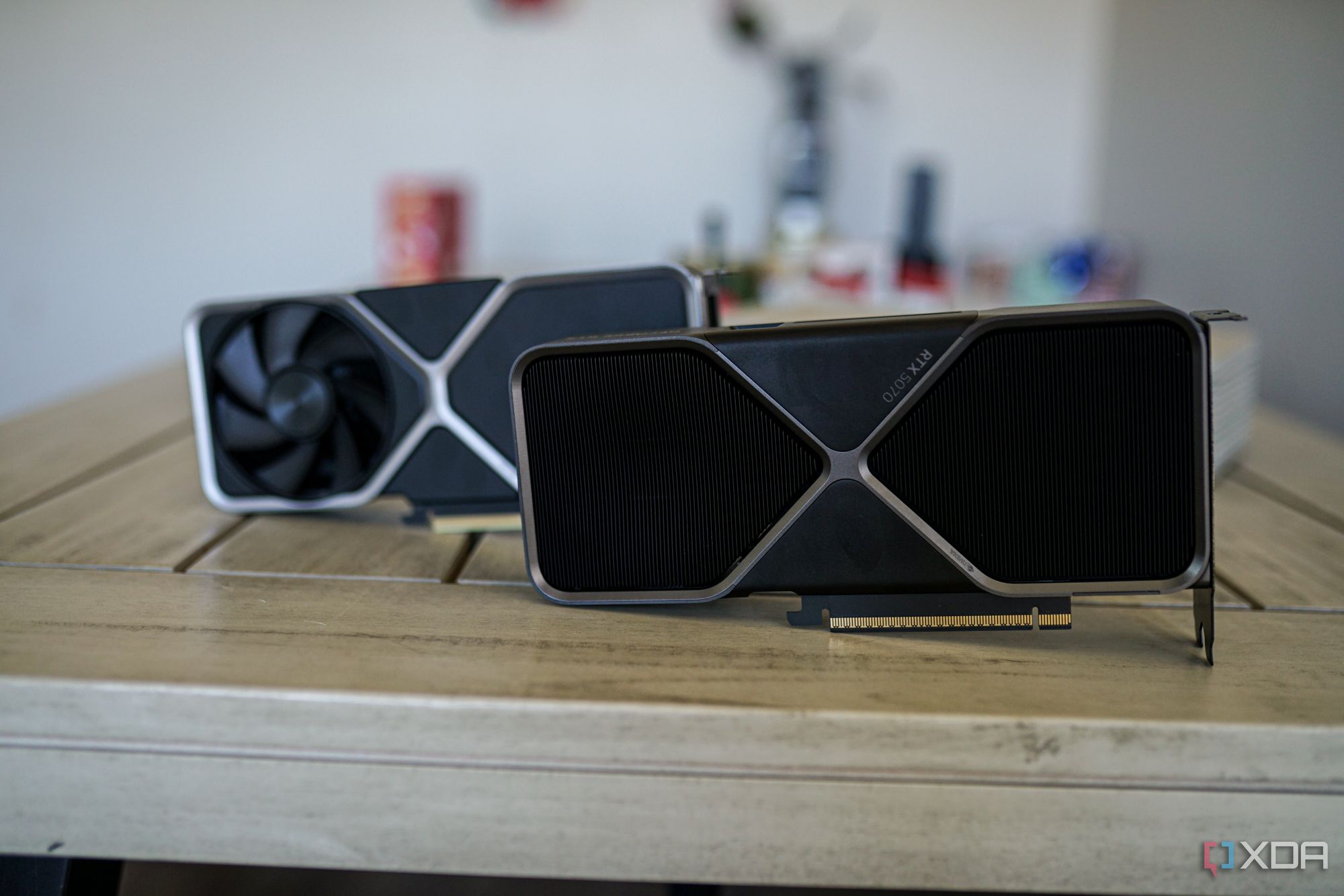
The graphics cards masquerading as "budget" in 2025 are nothing more than entry-level offerings. You might be tempted to see GPUs like the new RTX 5050 and its MSRP of $249 as Nvidia attempting to revive the budget GPU segment. However, if you compare the launch price of the RTX 5050 to the average launch price of the 50-series cards till now, you'll see that the latest "budget" entrant is markedly more expensive, once you adjust for inflation.
If a gamer wants to invest the same amount of money in an affordable GPU that they did 5 years ago, they'll be sorely disappointed by the results. Five years is a long time in the PC hardware space, and inflation has made stuff more expensive, but that alone doesn't account for what we're seeing play out. We're now firmly in the age where most $250–$300 GPUs should be officially termed entry-level instead of budget. The new budget segment has crept up to the $350–$400 range, and even those cards have serious performance issues.

Related
Which GPU should you buy in each $100 price bracket?
There's something here for everyone, regardless of whether you're a budget user or a gaming enthusiast
I see a trend taking shape
Budget GPUs are just decoys now
Decoy pricing is a strategy where companies price a product less attractively to nudge the consumer toward the more expensive but also more attractive option. I feel this is the role that the new budget GPUs are fulfilling in the market right now. Nvidia and AMD have raised the prices of their budget GPUs, forcing gamers to pay a lot more for the same gaming experience.
They're doing this by outfitting these cards with a meager 8GB of VRAM, relying on AI-generated frames that don't really work as intended at a low base framerate, and stunting the raw performance to a degree that you're forced to pay slightly more for the lower mid-range or mid-range GPU. The erstwhile "budget GPU" category has been systematically obliterated, and we can do nothing but watch. Sure, you can bring up pre-owned GPUs, but the fact is that consumers wanting affordable new GPUs don't have true budget offerings anymore.
The end of the budget GPU era
GPU manufacturers have gradually but surely made great-value GPUs obsolete. If gamers need a respectable 1440p gaming experience in 2025, expecting that from sub-$450 GPUs is naive. You can make do with 8GB VRAM GPUs priced lower than that, but you'll have to sacrifice performance somewhere or the other. And if you consider Intel's Battlemage GPUs, you'll lose out on better upscalers like DLSS and FSR. We might have to accept that the budget GPU segment, as we knew it, is no more.
.png)
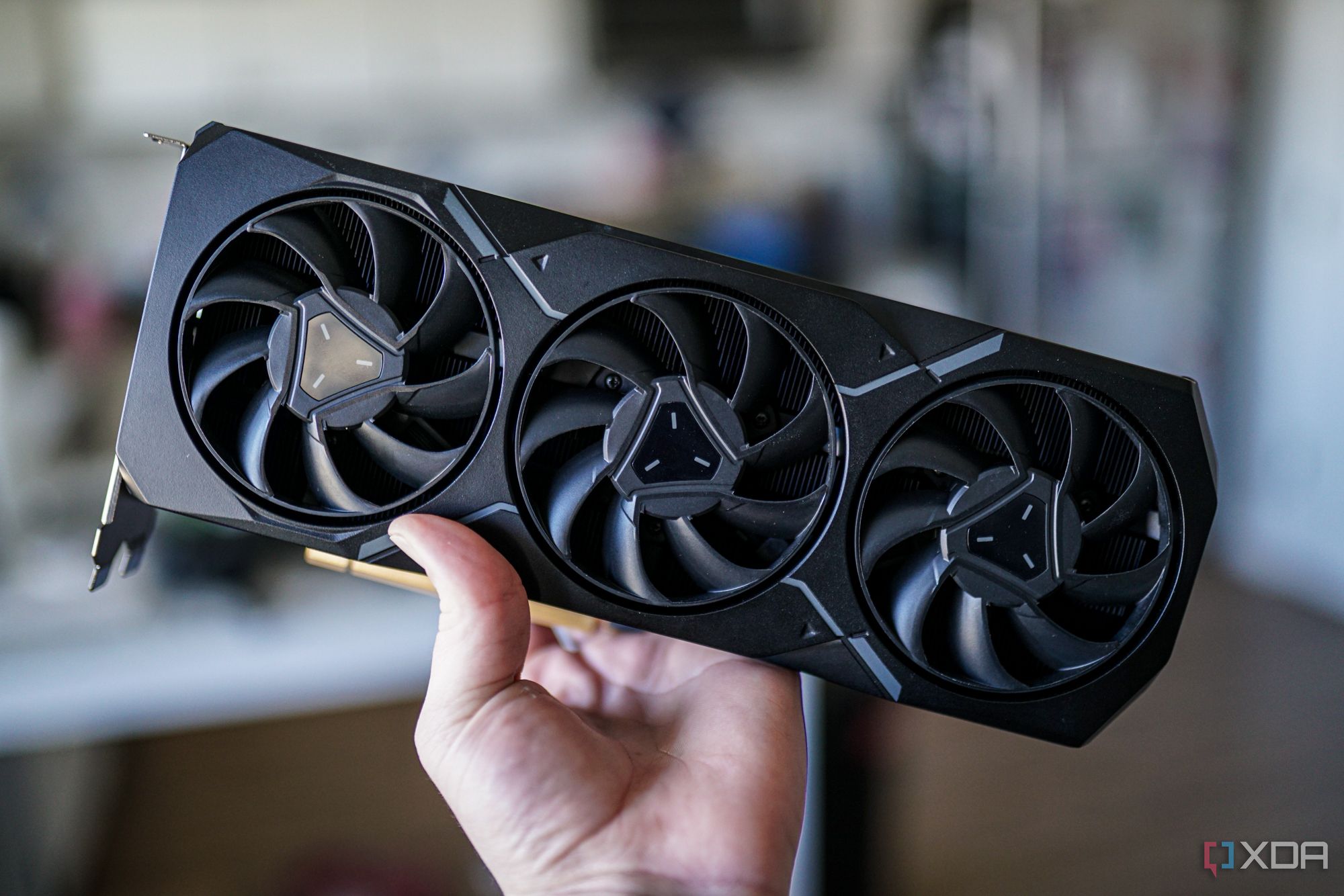
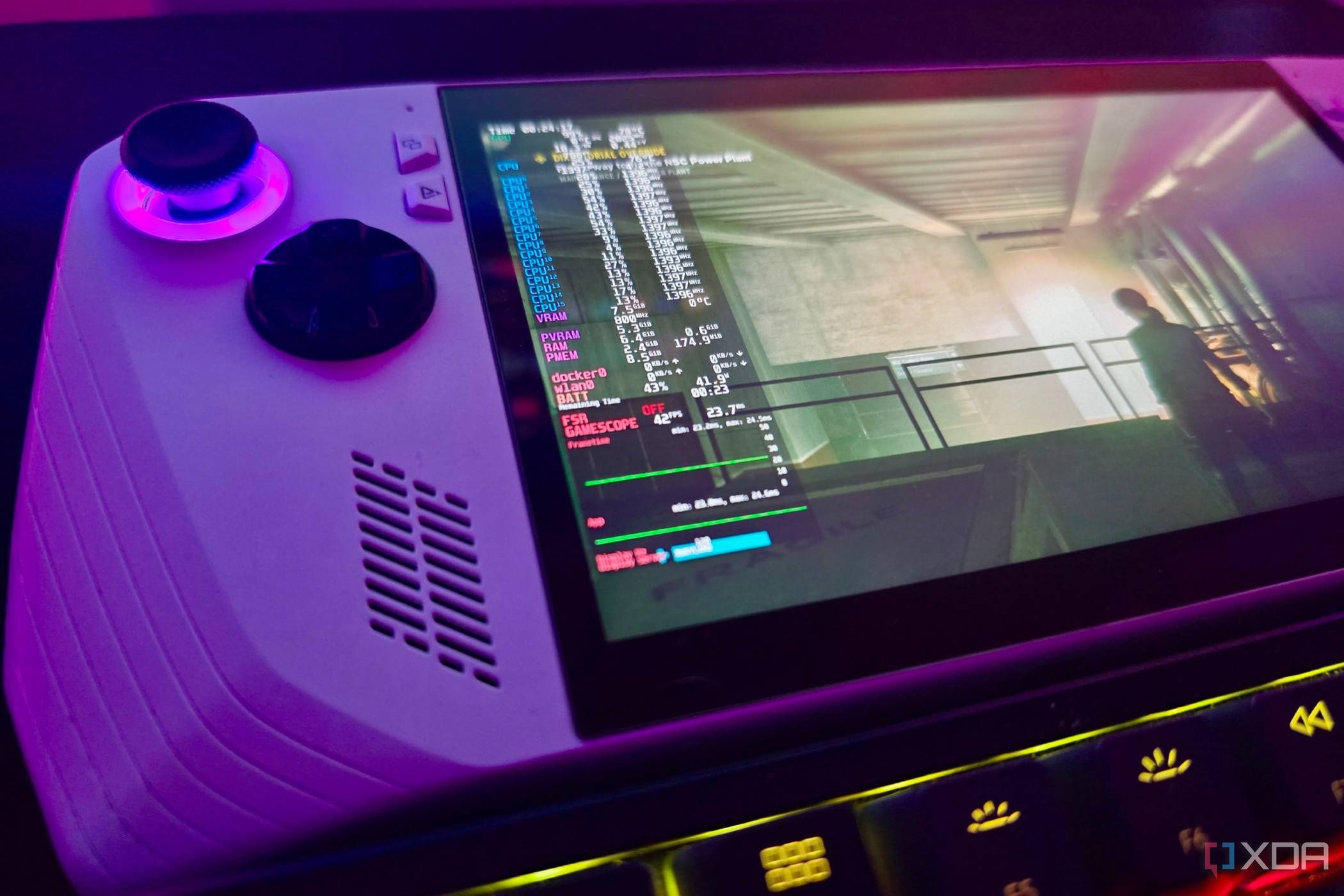


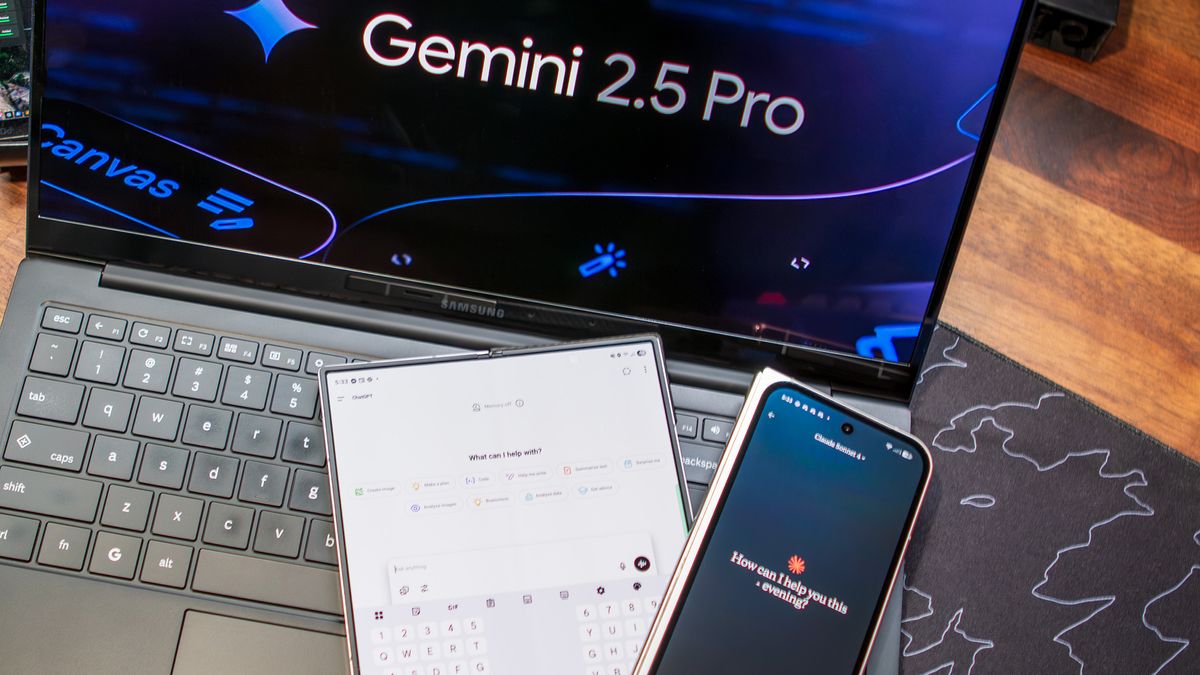







 English (US) ·
English (US) ·